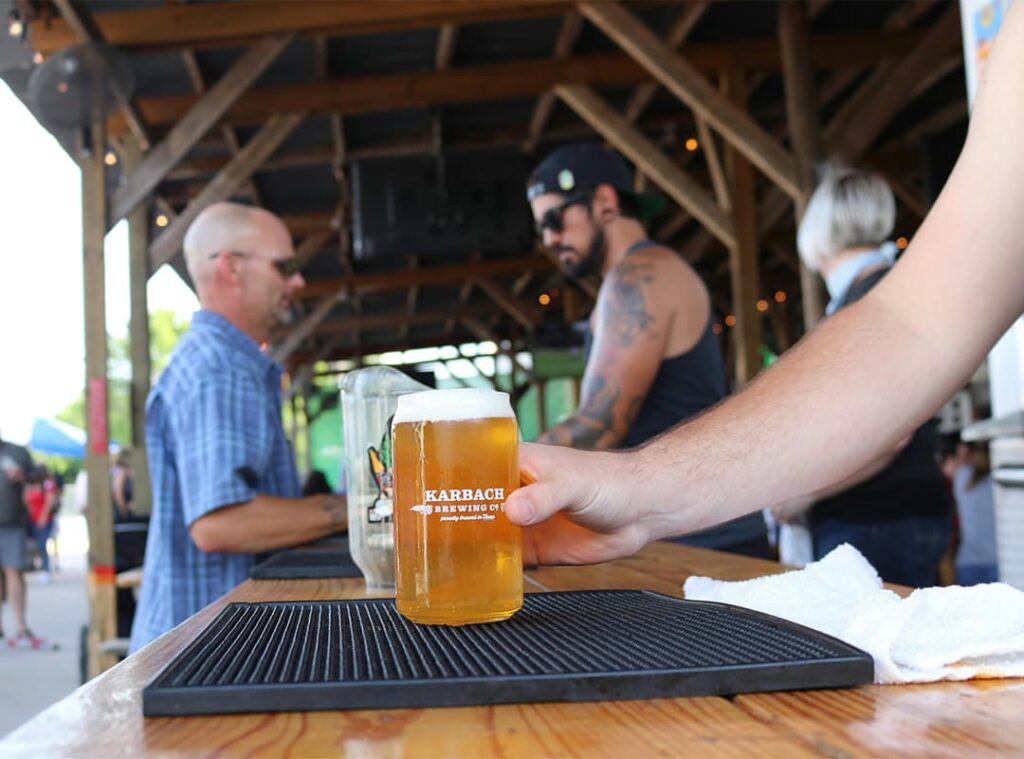Beer is one of the oldest and most beloved beverages in the world, with a wide variety of styles to suit any palate. Whether you’re a seasoned enthusiast, a budding homebrewer, or just starting your journey into the world of beer, understanding the different types can enhance your appreciation. With the right knowledge—and the help of your local homebrew store near me—you can even start crafting your own favorite styles with the right beer brewing equipment.
Let’s dive into the world of beer and explore the primary categories and their unique characteristics.
1. Lagers
Lagers are among the most popular beers globally, characterized by their crisp, clean taste and smooth finish. They ferment at lower temperatures using bottom-fermenting yeast, resulting in a more restrained flavor profile.
Popular Lager Styles:
- Pilsner: A light, golden lager with a refreshing bitterness and floral hop aroma. Originating in the Czech Republic, it’s perfect for warm weather.
- Doppelbock: A rich, malty lager from Germany, with notes of caramel and bread, often higher in alcohol.
- Helles: A traditional German pale lager, slightly maltier and less bitter than a pilsner.
If you’re interested in brewing a lager, investing in temperature-controlled beer brewing equipment can help you achieve the precise fermentation conditions needed for this style.
2. Ales
Ales are fermented at higher temperatures with top-fermenting yeast, leading to a wide range of complex flavors and aromas. This category is incredibly diverse, encompassing everything from light and fruity to dark and robust beers.
Popular Ale Styles:
- Pale Ale: Known for its balance of malt and hop bitterness, pale ales are approachable and versatile.
- India Pale Ale (IPA): A hop-forward ale with bold, bitter flavors and often fruity or citrusy notes. This style has seen an explosion of popularity in the craft beer world.
- Stout: Dark and creamy, with flavors of coffee, chocolate, and roasted malt. Irish stouts, like Guinness, are a classic example.
- Wheat Ale: Brewed with a significant proportion of wheat, these ales are light and often feature notes of banana or clove, especially in German-style Hefeweizens.
Your homebrew store near me can help you select the right ingredients and provide guidance on brewing any of these ale styles.
3. Hybrid Styles
Some beers don’t fit neatly into the lager or ale categories, blending elements of both.
Popular Hybrid Styles:
- Kölsch: A German-style hybrid that is light and crisp like a lager but brewed with ale yeast, offering subtle fruitiness.
- Steam Beer (California Common): A uniquely American style, this beer uses lager yeast fermented at warmer ale-like temperatures. It’s malty, with a distinct caramel flavor.
Brewing hybrid styles can be a fun experiment for homebrewers. With the right beer brewing equipment, you can explore these styles’ unique fermentation processes.
4. Specialty Beers
Specialty beers push the boundaries of traditional styles, incorporating unique ingredients and brewing techniques to create bold, innovative flavors.
Examples of Specialty Beers:
- Sour Beers: Fermented with wild yeast or bacteria, these beers are tart and tangy. Lambics and Berliner Weisse are well-known examples.
- Fruit Beers: These incorporate fresh fruit or fruit extracts, offering flavors like raspberry, peach, or cherry.
- Barrel-Aged Beers: Aged in barrels previously used for spirits like whiskey or wine, these beers take on complex flavors such as oak, vanilla, and even smokiness.
Specialty beers are a great way for homebrewers to experiment with flavors and techniques. Ask your local homebrew store near me for advice on trying your hand at these unique styles.
5. Regional and Traditional Styles
Many beers are deeply rooted in the traditions of specific regions, offering a glimpse into their brewing history and culture.
Notable Regional Styles:
- Belgian Dubbel and Tripel: Strong ales with fruity esters, spicy notes, and a smooth malt backbone.
- English Bitter: A classic British pub ale with a balance of malt sweetness and hop bitterness.
- Saison: A farmhouse ale from Belgium, typically dry and highly carbonated with earthy, spicy flavors.
- American Amber Ale: Known for its malt-forward flavor with a touch of caramel and moderate hop bitterness.
Regional beers are a testament to the diversity of brewing traditions. With quality beer brewing equipment, you can replicate these styles at home, bringing a taste of the world into your own kitchen.
Getting Started with Homebrewing
For those inspired by the variety of beer styles, homebrewing offers an exciting way to create your own beers tailored to your taste. All you need is a passion for brewing, basic knowledge, and access to quality beer brewing equipment.
Your local homebrew store near me is the perfect place to start. They can provide everything from malt, hops, and yeast to specialized tools like fermenters and kettles. They’re also a valuable resource for advice and troubleshooting as you begin your brewing journey.
The world of beer is vast and ever-evolving, offering something for every taste. From the crisp, refreshing lagers to the bold and innovative specialty brews, there’s always a new style to discover. For aspiring brewers, exploring these styles with the help of a homebrew store near me and the right beer brewing equipment can make the experience even more rewarding.
Whether you’re savoring a pint at your local brewery or crafting your own brew at home, the diversity of beer ensures that there’s always something new to enjoy. Cheers to exploring the many flavors of the brewing world!
